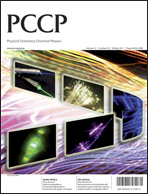Photoinjection of hydrogen and the nature of a giant shift of the fundamental absorption edge in highly disordered V2O5 films
Abstract
Production of atomic photochemical hydrogen under the action of light and its subsequent injection into transition metal


 Please wait while we load your content...
Please wait while we load your content...